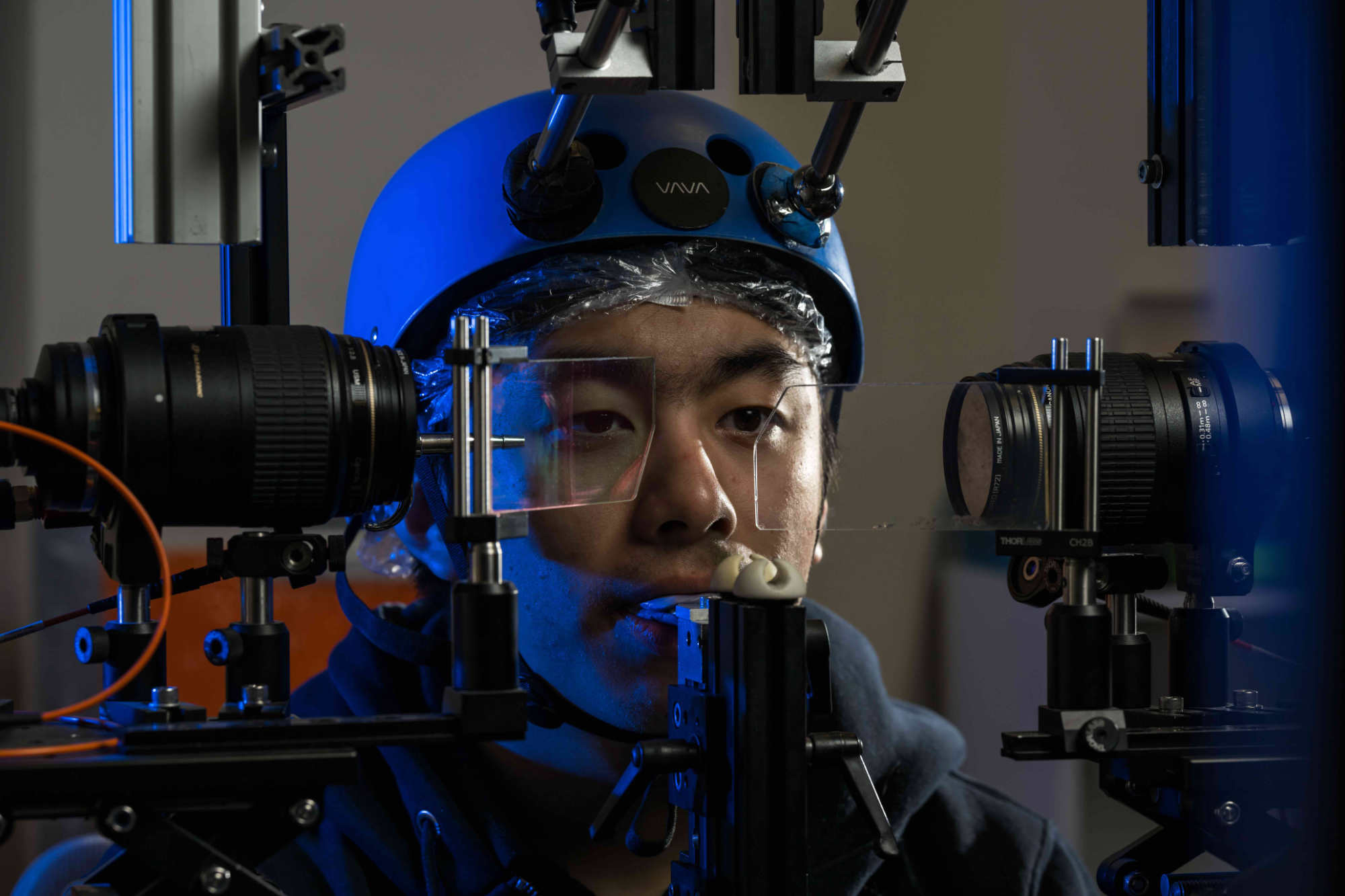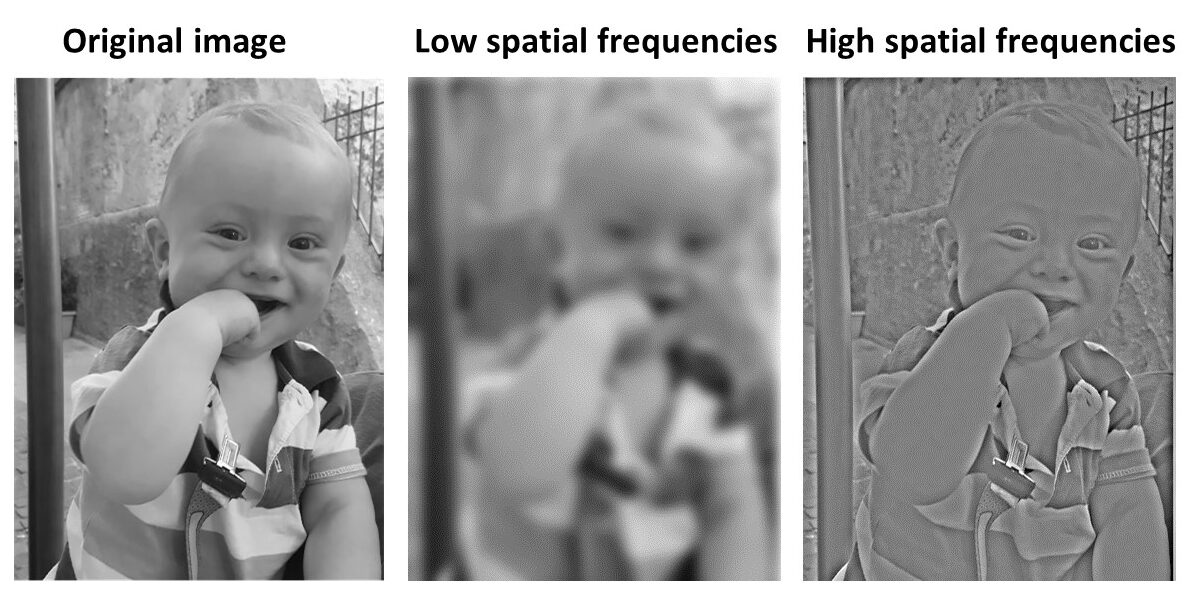ĢĒŠÄlogoers find that blinking plays a pivotal role in processing visual informationāadding to a growing body of evidence revising our conventional views of vision.
The ordinary act of blinking takes up a surprising amount of our waking time. Humans, on average, spend a remarkable 3 to 8 percent of their awake time with their eyelids closed.
Given that blinks prevent an image of the external scene from forming on the retina, itās a peculiar quirk of evolution that we spend so much time in this seemingly vulnerable stateāespecially considering that eye blinks occur more frequently than necessary just to keep our eyes well lubricated.
So, why is blinking important?
ĢĒŠÄlogoers from the investigated the curious case of blinking and found that eye blinks arenāt just a mechanism to keep our eyes moist; blinks also play an important role in allowing our brains to process visual information. The researchers in the Proceedings of the National Academy of Sciences.
āBy modulating the visual input to the retina, blinks effectively reformat visual information, yielding luminance signals that differ drastically from those normally experienced when we look at a point in the scene,ā says , a professor in the .
In other words, a lot more happens in the blink of an eye than meets the eye.
The big pictureāin the blink of an eye
Rucci and his colleagues tracked eye movements in human observers and combined this data with computer models and spectral analysisāanalyzing the various frequencies in visual stimuliāto study how blinking affects what the eyes see compared to when the eyelids are closed.
The researchers measured how sensitive humans are at perceiving different types of stimuli, such as patterns at different levels of details. They found that when people blink, they become better at noticing big, gradually changing patterns. That is, blinking provides information to the brain about the overall big picture of a visual scene.

The results show that when we blink, the rapid motion of the eyelid alters the light patterns that are effective in stimulating the retina. This creates a different kind of visual signal for our brain compared to when our eyes are open and focused on a specific point.

āNeurons respond strongly to temporal changes in their input signals and tend to not respond to unchanging stimuli,ā says Bin Yang, a graduate student in Rucciās lab and the first author of the paper. āWith their abrupt transients, blinks make the visual system respond strongly to the image on the retina. Thus, contrary to common assumption, blinks improveārather than disruptāvisual processing, amply compensating for the loss in stimulus exposure.ā
Revising a view of vision
The findings further reinforce the growing body of research in visual perception from Rucciās laboratory, highlighting that how humans see is a combination of sensory input and motor activity. When we smell or touch, for instance, our body movements help our brain understand space. ĢĒŠÄlogoers previously believed seeing was different, but Rucciās research lends support to the idea that vision is more like the other senses.

āSince spatial information is explicit in the image on the retina, visual perception was believed to differ,ā Rucci says. āOur results suggest that this view is incomplete and that vision resembles other sensory modalities more than commonly assumed.ā





